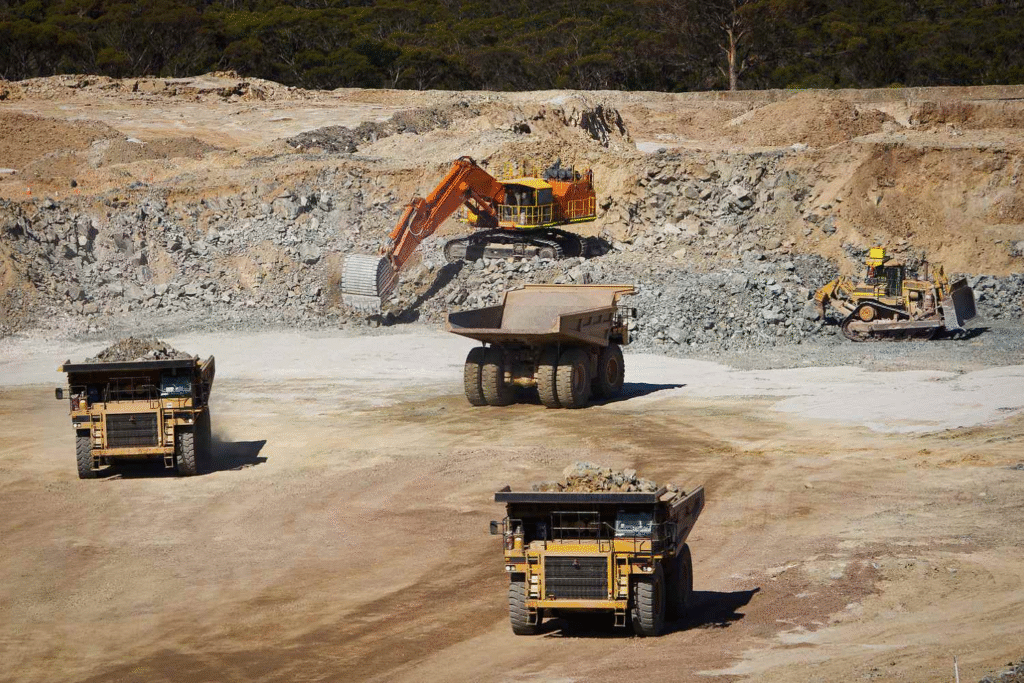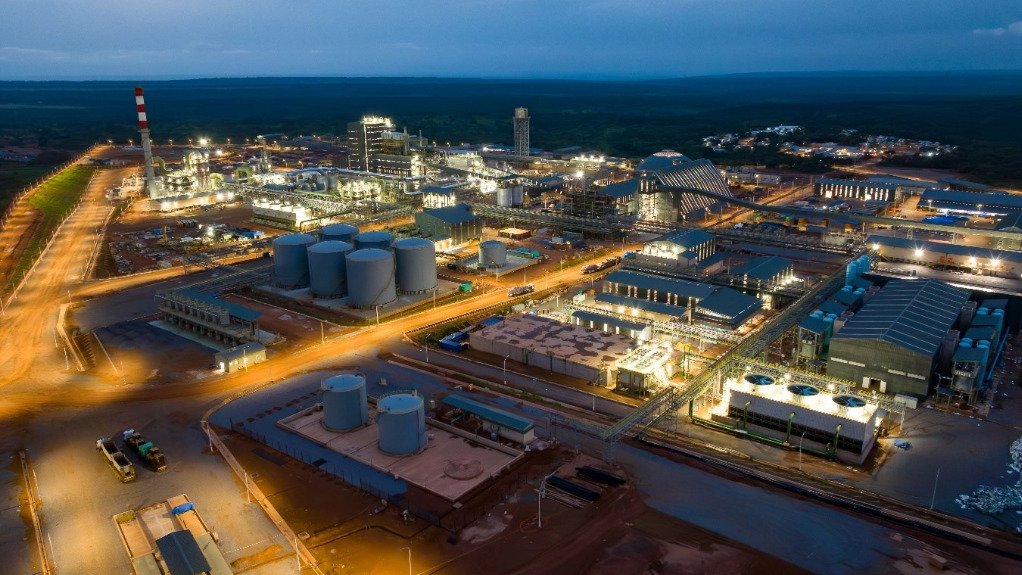At a Glance
- Africa emerges as a key supplier of critical minerals driving the global energy transition.
- Major projects like Kamoa–Kakula and Arcadia set new standards in output and sustainability.
- Governments push for local processing to capture more value from mineral exports.
Africa is emerging as the world’s next mining frontier—an essential force in the global energy transition reshaping everything from electric vehicles to renewable power grids.
The continent’s mines are no longer just about extraction; they’re at the heart of the clean energy economy, supplying the copper, lithium, nickel, and graphite that power the planet’s low-carbon future.
In 2025, Africa’s mining landscape is shifting from potential to performance. Across the continent, large-scale operations are scaling up production and redefining investment flows.
Projects like Kamoa–Kakula in the Democratic Republic of the Congo, Balama in Mozambique, and Platreef in South Africa are setting new standards in output, sustainability, and local value creation—cementing Africa’s position as a key supplier of critical minerals for the global clean energy and EV battery markets.
Copper remains at the center of this boom. In the DRC, Ivanhoe Mines’ Kamoa–Kakula complex reported record quarterly output, strengthening the nation’s role in global grid electrification.
Meanwhile, Zimbabwe’s lithium surge—led by projects such as Arcadia—is rapidly evolving from exploration to full-scale production, marking the country’s ascent as one of the fastest-growing lithium producers in the world.
Africa’s rich endowment of platinum group metals (PGMs), gold, and nickel is also attracting renewed investor interest. Projects like Kibali and Platreef are expanding capacity, while governments push for beneficiation and local processing to capture more value from the supply chain.
The continent’s mining future is increasingly defined by local partnerships, infrastructure expansion, and policy reforms aimed at securing minerals essential for global decarbonization.
As demand for copper, lithium, graphite, zinc, and PGMs accelerates worldwide, these projects will be closely watched for both production volumes and influence on global supply chains. Africa’s role is no longer peripheral—it’s pivotal to the world’s race toward sustainable energy.
Shore.Africa spotlights 10 standout mining projects in 2025—ventures that not only deliver high-grade output but also mirror the region’s broader evolution: from risk to resilience, from export dependency to local beneficiation, and from resource extraction to strategic participation in the global clean energy economy.
Kamoa–Kakula (DRC) — Copper
Operated by Ivanhoe Mines, Kamoa–Kakula is among Africa’s highest-grade, large-scale copper operations. In Q3 2025, it recorded record quarterly copper output, reinforcing projections that the DRC will remain a backbone of global battery and grid supply chains. Low unit costs and upstream scale make Kamoa–Kakula a bellwether for copper supply risk.

Arcadia (Zimbabwe) — Africa’s lithium ramp
Arcadia’s 2025 ramp-up underscores Zimbabwe’s ascendance in Africa’s lithium supply chain. With spodumene production accelerating and downstream processing emerging, Arcadia exemplifies a trend toward local beneficiation. Zimbabwe is already advancing policies to restrict raw lithium exports by 2027 to drive domestic value addition.

Kipushi (DRC) — Zinc and Copper
Kipushi, another Ivanhoe asset, is turning heads after recent record zinc output. This underground, high-grade zinc-copper deposit diversifies the DRC’s metal exports beyond copper. Success hinges on infrastructure improvements and dewatering advances.

Goulamina (Mali) — Lithium (spodumene)
Goulamina has transitioned into commercial shipments in 2024–25. China’s Ganfeng now exerts controlling interest, and first concentrates shipped in mid-2025. As one of Africa’s largest hard-rock lithium mines, Goulamina influences global spodumene pricing and sourcing strategies for Asian and European battery makers.

Balama (Mozambique) — Natural Graphite
Balama ranks among the world’s top natural graphite mines. After earlier social unrest and production suspensions, 2025 has seen a calibrated restart and renewed offtake agreements. Balama is now pivotal in supplying anode-grade graphite for EV batteries and specialty chemical markets.

Platreef (South Africa) — PGMs & Nickel
Ivanhoe’s Platreef project advanced feasibility, staging, and de-risking efforts in 2025. With its PGM and nickel endowment, Platreef bridges the world of catalytic metals and battery-relevant chemistries—positioning it as a dual strategic asset across automotive and decarbonization sectors.

Kibali (DRC) — Gold
Kibali remains one of Africa’s largest gold mines. It continues to generate consistent cash flow while funding exploration in its corridor that replenishes reserves. Amid increasing investor interest in both gold and battery metals, Kibali is a bedrock mining asset. Bloomberg recently cited it as a long-life, high-impact holding in Barrick’s portfolio.

Fekola Complex (Mali) — Gold (and regional extensions)
B2Gold’s Fekola hit a fourth million-ounce milestone in mid-2025 and delivered solid quarterly results. Regional extensions and permitting activity make it a model for how West African gold can scale while navigating political and regulatory risks. Recent mining deals under Mali’s revised code strengthen its position.

Tharisa (South Africa) — Underground PGM Expansion
In 2025, Tharisa announced a bold multi-hundred-million-dollar program to convert part of its open-pit PGM operation into underground mines. The goal: extend life-of-mine, improve grades, and secure PGM supply for catalysts and emerging hydrogen technologies. Recent investment figures from Reuters confirm this shift.

Simandou (Guinea) — The iron-ore mega play
Simandou is a long-mooted, high-grade iron-ore project whose scale also demands major rail and port infrastructure development. Commercial exports are now expected in 2025 after decades of delays. Its development will reverberate through Guinea and the broader Atlantic corridor.






